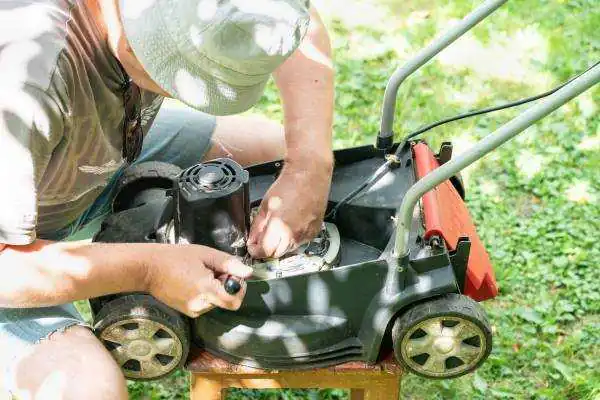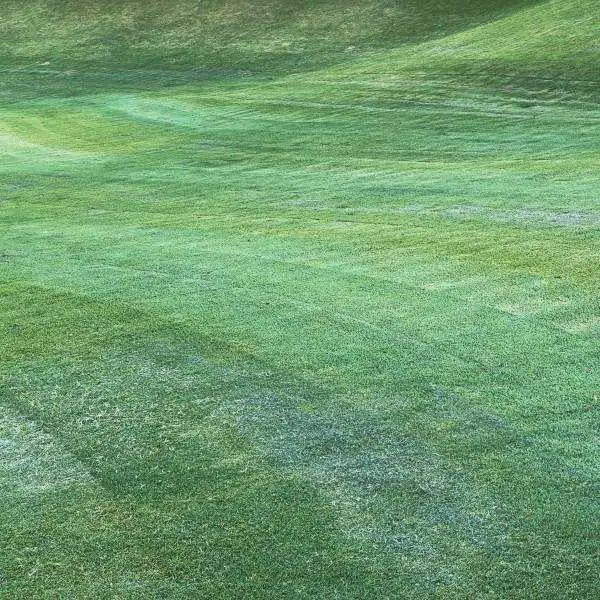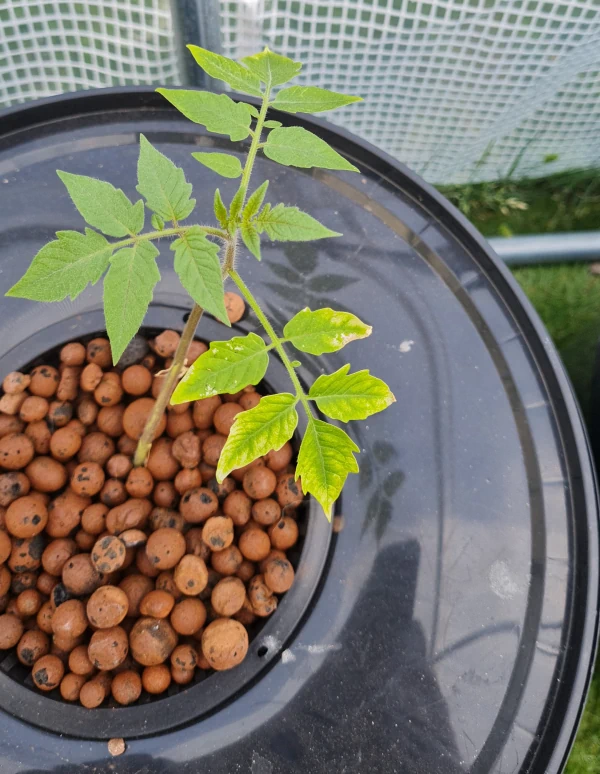We previously looked at Lawn Care Basics and now it is time to look closer and share some practical tips we found. Now it is time to take a look at some lawn maintenance tips.
Maintaining a healthy lawn is not just about watering and fertilizing. It’s also about proper lawn care techniques. From mowing your lawn to weed control, there are many practical tips that you can follow to ensure your lawn looks its best. In this article, we’ll provide you with some practical lawn maintenance tips that you can use to keep your lawn healthy and vibrant.
A well-maintained lawn can significantly enhance the curb appeal of your home. However, maintaining a lawn requires effort and knowledge of the best practices. By following these practical lawn maintenance tips, you can keep your lawn healthy, lush, and beautiful throughout the year.
How to mow your lawn properly
Mowing your lawn may seem like a simple task, but there is more to than that. It’s essential to do it correctly to ensure your grass stays healthy. Here are some practical tips to keep in mind:
- Choose the right time:
Mow your lawn during the cooler parts of the day, such as early morning or late afternoon. This is to avoid stressing your grass in the heat. - Maintain a regular schedule:
Mow your lawn regularly, depending on the growth rate of your grass. In general, it’s best to mow once a week during the growing season. - Don’t cut your grass too short:
Avoid cutting more than one-third of the grass blade at a time. Cutting your grass too short can weaken the roots, making it more susceptible to disease and pests. - Use a sharp blade:
A dull blade can tear your grass, causing damage and leaving it more susceptible to disease. Sharpen your blade at least once a season or more frequently if you have a large lawn.

Tips for adjusting your lawn mower’s height
Adjusting your lawn mower’s height can help you achieve the desired height for your grass. Here are some practical tips to keep in mind:
- Know the optimal height for your grass:
The optimal height for your grass depends on the type of grass you have. Check with your local garden center or landscaping professional to determine the optimal height for your grass. - Adjust the height of your mower blades based on the season:
During the summer months, you should raise your mower blades to leave the grass longer to retain moisture. During the winter months, lower your mower blades to cut the grass shorter to allow more sunlight to reach the soil. - Adjust the height of your mower blades based on the growth rate:
When your grass is growing fast, raise the height of your mower blades to prevent cutting off too much of the grass blade. When growth slows down, lower the height of your mower blades to keep the grass at the optimal height.
How to spot and prevent common lawn problems
Various issues can affect the health of your lawn, such as pests, diseases, and environmental factors.
Here are some practical tips to spot and prevent common lawn problems:
- Look for signs of pests:
Check for signs of pests such as chewed grass blades, mounds of dirt, or tunnels in your lawn. If you spot any signs, contact a professional to identify and treat the pest problem. - Check for signs of disease:
Common signs of lawn disease include yellowing, browning, or wilting of the grass blades. If you spot any signs, contact a professional to diagnose and treat the disease. - Test your soil:
Soil testing can help you identify any nutrient deficiencies or imbalances in your soil. Addressing any issues can help your grass grow healthier and stronger. - Aerate your lawn:
Aeration can help your lawn breathe by allowing air, water, and nutrients to reach the roots. Aerate your lawn once a year or more if you have compacted soil.

Organic options for weed control
Weeds can be a common problem for homeowners and can detract from the beauty of your lawn and increases lawn maintenance work needed in the future. Here are some organic options for weed control:
- Pull weeds by hand:
The best way to control weeds organically is by pulling them by hand. Make sure to remove the entire weed, including the root. - Use organic weed killers:
There are various organic weed killers available that use natural ingredients such as vinegar, salt, and essential oils to kill weeds. - Mulch your lawn:
Mulching your lawn can help prevent weeds by creating a barrier that prevents them from growing. Use organic materials such as grass clippings, leaves, or straw to mulch your lawn. - Use corn gluten meal:
Corn gluten meal is a natural pre-emergent herbicide that can prevent weed seeds from germinating. Spread it on your lawn in early spring and fall. - Improve your lawn’s health:
A healthy lawn can naturally resist weed growth. Keep your lawn well-fed, watered, and maintained to prevent weed growth.
Common Lawn Maintenance Problems and Solutions
As much as we want to maintain a perfect lawn, problems are inevitable. Here are some common problems that homeowners face and solutions to address them.

Dealing with pests such as grubs and ants
Pests can wreak havoc on your lawn and destroy it in no time. Grubs, for instance, are the larvae of beetles that feed on the roots of your grass, causing it to wilt and die. Ants, on the other hand, can build their nests in your lawn and create unsightly mounds.
One way to prevent these pests is to maintain a healthy lawn. A healthy lawn can withstand pest infestations better than a stressed one. However, if pests are already present in your lawn, here are some solutions:
- Use beneficial nematodes:
These are microscopic worms that feed on grubs and other soil-dwelling insects. You can buy them at your local garden center and apply them to your lawn according to the instructions. - Apply insecticides:
If you have a severe infestation, you may need to use insecticides. Choose a product that targets the specific pest you’re dealing with and follow the instructions carefully. Keep in mind that insecticides can also harm beneficial insects, so use them judiciously. - Use natural ant deterrents:
If you have ant mounds in your lawn, you can use natural deterrents such as cinnamon, diatomaceous earth, or citrus oils to repel them.
Treating common lawn diseases
Lawn diseases can also damage your lawn and make it look unsightly. Here are some common lawn diseases and how to treat them:
- Brown patch:
This disease causes circular patches of brown grass in your lawn. To treat it, remove the affected grass and reseed the area. You can also apply fungicides to prevent its spread. - Dollar spot:
This disease creates small, silver-dollar-sized patches of dead grass in your lawn. To treat it, remove the affected grass and reseed the area. You can also apply fungicides to prevent its spread. - Powdery mildew:
This disease appears as a white powdery substance on the leaves of your grass. To treat it, remove the affected grass and aerate your lawn to improve air circulation. You can also apply fungicides to prevent its spread.
Drought and water conservation tips
Drought can also affect your lawn, especially during the hot summer months. Here are some tips to conserve water and keep your lawn healthy:
- Water deeply:
Instead of watering your lawn frequently, water deeply once or twice a week. This will encourage deeper root growth and make your lawn more drought-resistant. - Water early in the morning:
Watering early in the morning will reduce water loss due to evaporation and ensure that your lawn has enough water throughout the day. - Use a rain gauge:
A rain gauge will help you determine how much water your lawn is getting from rainfall. If it’s not enough, you can supplement it with manual watering. - Use drought-resistant grass:
If you live in an area prone to drought, consider planting drought-resistant grass varieties such as Bermuda grass or buffalo grass.
Dealing with pests, lawn diseases, and drought requires vigilance and attention. By maintaining a healthy lawn, using natural remedies, and being proactive, you can keep your lawn in good condition throughout the year.
Another important lawn maintenance tips is to water deeply, water early in the morning, use drought-resistant grass, and address lawn problems as soon as they arise. With these tips, you can enjoy a beautiful and healthy lawn that enhances the beauty of your home.
Lawn Maintenance Tips Conclusion
Maintaining a healthy and beautiful lawn requires effort , but it doesn’t have to be complicated.
Setting up a lawn maintenance schedule can assist with keeping track of what tasks need to be done when.
By following these practical tips, you can keep your lawn healthy and lush throughout the year. Remember to mow your lawn properly, adjust your lawn mower’s height, spot and prevent common lawn problems, and consider organic options for weed control. With these tips, you can enjoy a beautiful lawn that enhances the beauty of your home.







